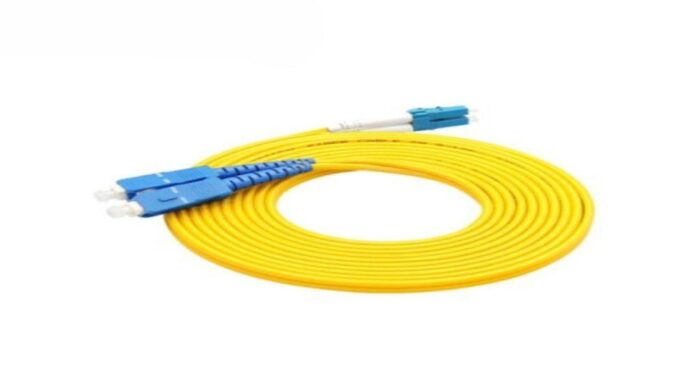As technology advances, so do our needs for faster, more reliable, and scalable connection methods. With the array of connection technologies available today, including copper cables and wireless connections, how do we make the right choice for our specific requirements? The answer lies in fiber optic patch cords. This article will explore various connection methods, compare them with fiber optic patch cords, and highlight why they stand as a superior choice for many situations. Visit the website to learn more!
The realm of data communication is vast, with multiple methods of transmitting information. Traditional copper cables have been a reliable choice for many years, primarily used for telephone lines and Ethernet connections. Wireless connections, too, have gained immense popularity due to their convenience, making mobile internet access possible. While both of these methods have their advantages, they also have significant drawbacks, such as limited speed and vulnerability to interference.
Enter fiber optic patch cords. These cables consist of one or more optical fibers, designed to carry light. Each optical fiber strand has the potential to carry massive amounts of data over large distances, making fiber optic patch cords an ideal solution for high-speed data transmission.
When it comes to speed, fiber optic patch cords take the crown. Fiber optic technology supports much higher bandwidths than copper cables or wireless connections, allowing the transmission of more data simultaneously. This feature gives fiber optics an advantage in situations requiring the rapid transmission of large volumes of data, such as in streaming high-definition videos or running high-traffic websites.
Reliability is another critical factor in the world of data transmission. While copper cables are susceptible to electromagnetic interference and signal degradation over distance, fiber optic patch cords are immune to these issues. They can carry signals over long distances without significant signal loss, making them ideal for situations where the connection points are far apart.
In terms of scalability, fiber optic patch cords are the clear winner. With their ability to carry large volumes of data over significant distances, fiber optic cables can be used to build expansive network infrastructures. These cables also offer a level of future-proofing as they can handle the increased data loads expected as technology continues to advance.
Let’s illustrate the superiority of fiber optic patch cords with a real-world scenario. Consider a large business corporation with multiple office locations worldwide. This corporation needs a reliable, high-speed, and scalable network to connect all its locations for efficient communication and data sharing. While a copper-based network would struggle with the distance and data loads, and a wireless network would be affected by interference and security issues, a fiber optic network using patch cords would excel. It would deliver high-speed, reliable, and secure connections, proving its superiority over other methods.
In conclusion, while copper cables and wireless connections have their place in the connectivity ecosystem, fiber optic patch cords stand out as a superior choice for many applications. They offer unparalleled speed, reliability, and scalability, making them the connection method of choice for the demanding needs of modern-day data transmission. Whether you’re building a home network or designing a multinational corporation’s data infrastructure, fiber optic patch cords should be at the top of your list.
Remember, in the world of connectivity, not all methods are created equal. So, choose wisely, choose fiber optics.





